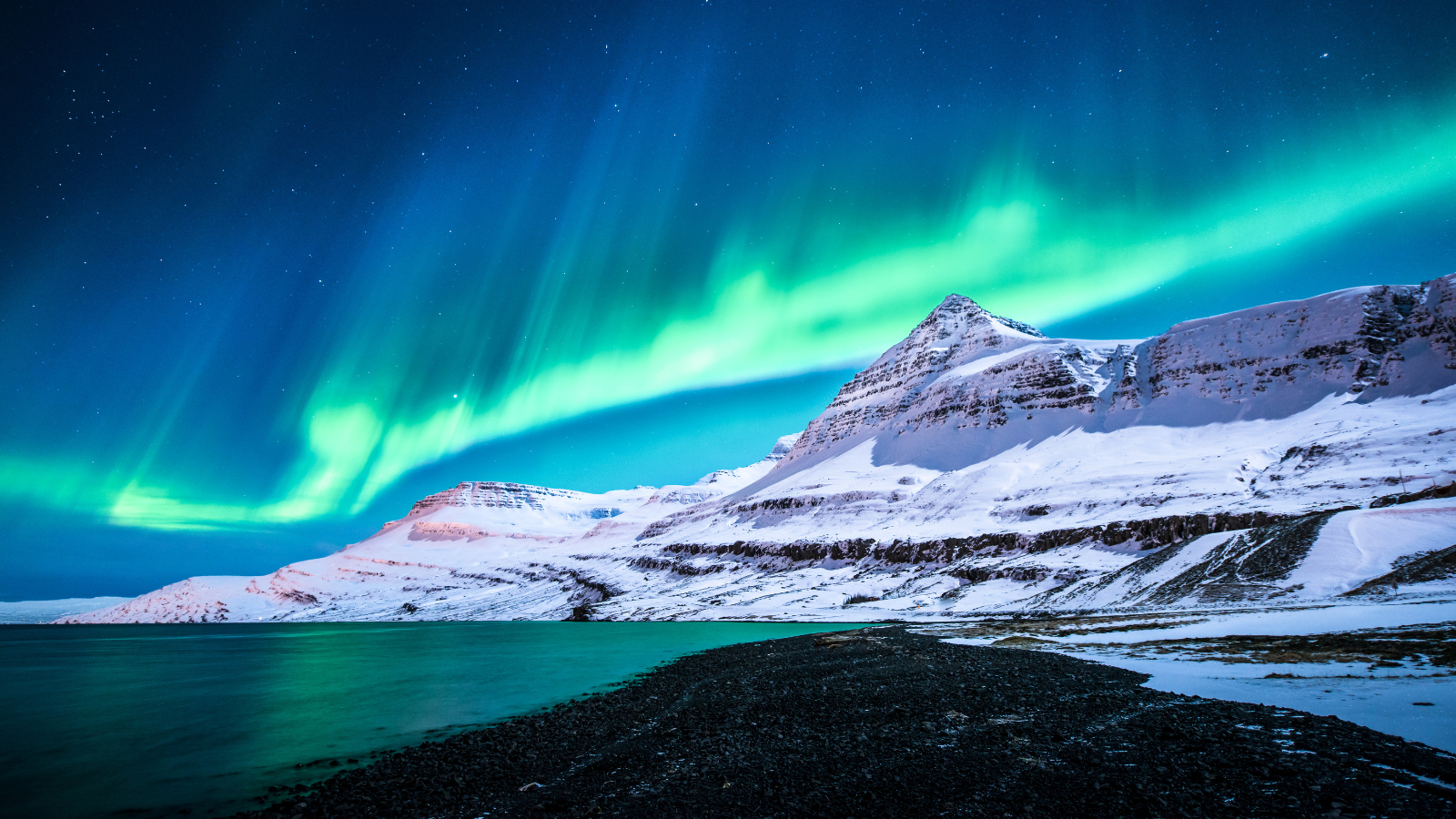Iceland offers unforgettable experiences in every season, from long summer days under the midnight sun to the glow of winter skies. Seasonal conditions change what you can see and do, so it is worth choosing your travel dates based on your priorities. This guide for Reykjavik Rent A Car explains when to visit Iceland, what to expect from the weather, and how to get around safely and comfortably.
Key points at a glance
- Best overall months: June to August for mild weather, green landscapes and easy driving.
- Best for Northern Lights: September to March, with October and February to March often giving the best chances.
- Best for wildlife: May to August for puffins, whales and rich birdlife.
- Best value: April to May or September to October with fewer crowds and better prices.
- Getting around: Renting a car gives you the flexibility to see more of Iceland at your own pace year round.

Weather
The kind of weather you can expect in Iceland across the year will influence the best time for your trip. In summer, average temperatures are often between 10°C and 15°C and can occasionally reach 25°C on the warmest days. Ice and snow melt to reveal green landscapes, open hiking trails and easier driving conditions. In the winter, averages are closer to -5°C, with colder extremes in the north. Winter storms can lead to road or attraction closures, so always check road conditions before you set out.
Northern Lights
If you are traveling to Iceland to see the Northern Lights, plan your visit between September and April. Dark, clear nights give you the best chance, with September to October and February to March often performing well. To improve your odds, look for low light pollution and keep an eye on the aurora forecast from the Icelandic Meteorological Office. Remember to pack warm layers and bring a tripod if you plan to photograph the lights.
Wildlife
Iceland is home to unique wildlife that draws visitors from around the world. The best time for many species is summer. Puffins are usually present from April through September, while whale watching peaks from May to August. Orcas can sometimes be seen as early as February and March. Many wildlife excursions and boat tours operate more frequently in summer when sea conditions are calmer and daylight is long.
Getting Around
Public transport coverage is limited in rural regions and services are reduced in winter. The most flexible way to explore Iceland is to rent a car. You can plan scenic road trips around the Golden Circle, the South Coast, Snaefellsnes and beyond, stopping whenever you like. Reykjavik Rent A Car offers a range of vehicles for every season, from compact city cars to 4x4s for winter conditions, as well as electric and hybrid options for eco-conscious travel.
Before you drive, review essential tips in our guide to driving in Iceland, check live road conditions, and locate EV charge points with PlugShare.
When to Visit by Interest
| Interest | Best Months | What to Expect |
|---|---|---|
| Sightseeing and road trips | June to August | Mild weather, long days, most routes open |
| Northern Lights | September to March | Dark skies and higher aurora chances |
| Wildlife watching | May to August | Puffins, whales and rich birdlife |
| Winter adventures | November to March | Ice caves, glaciers and snowy scenery |
| Better value travel | April to May, September to October | Fewer crowds and more availability |
Plan Your Trip
Choose the season that matches your goals, then build an itinerary that suits your pace. For summer hiking, book early for popular regions. For winter Northern Lights, allow a few nights to increase your chances and stay flexible around the weather. Whatever you choose, having your own car lets you reach more of Iceland comfortably and on your schedule. Reykjavik Rent A Car is ready to help you find the perfect rental for your trip.
Download this guide as a PDF and take it with you on your trip.